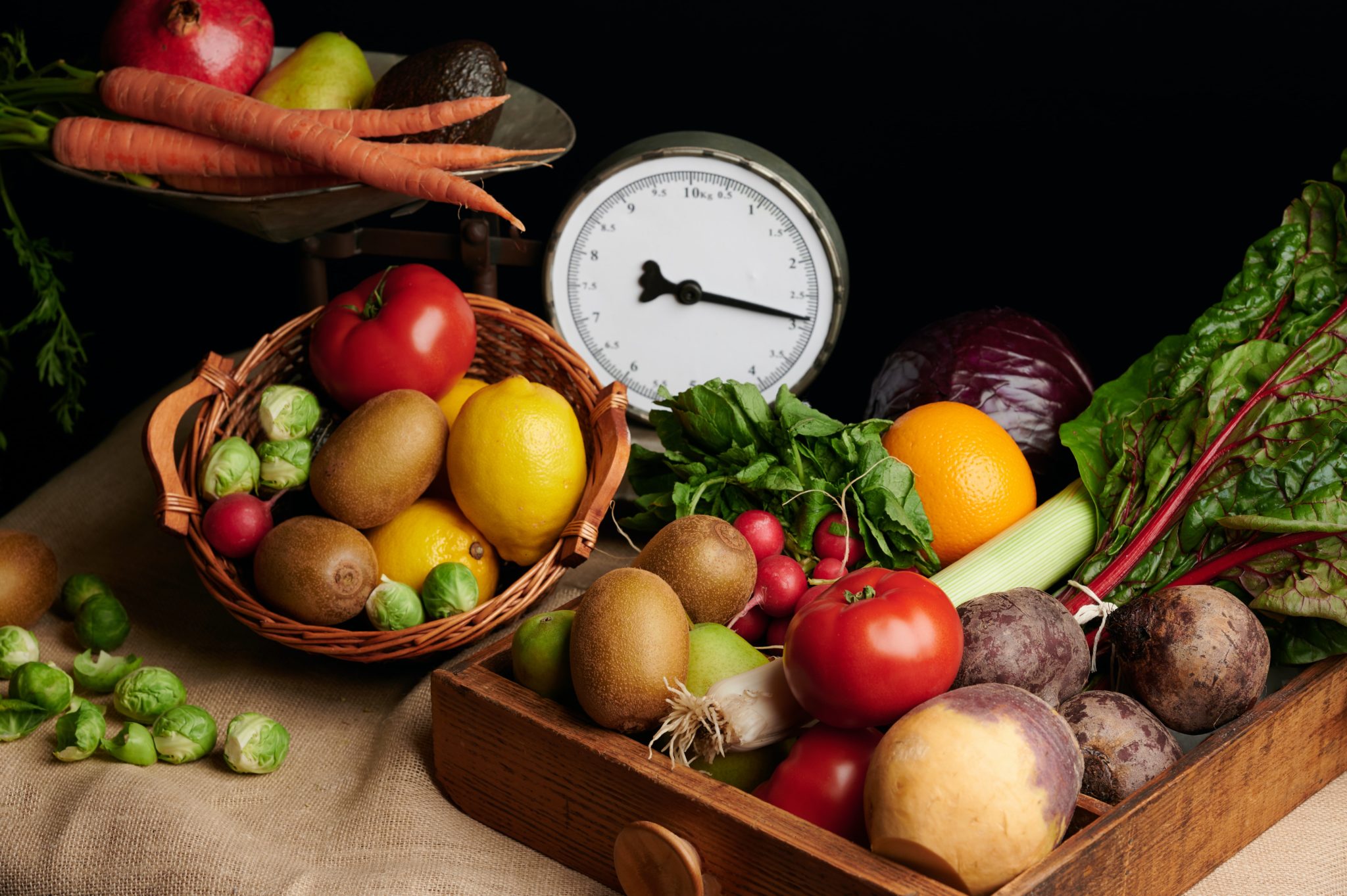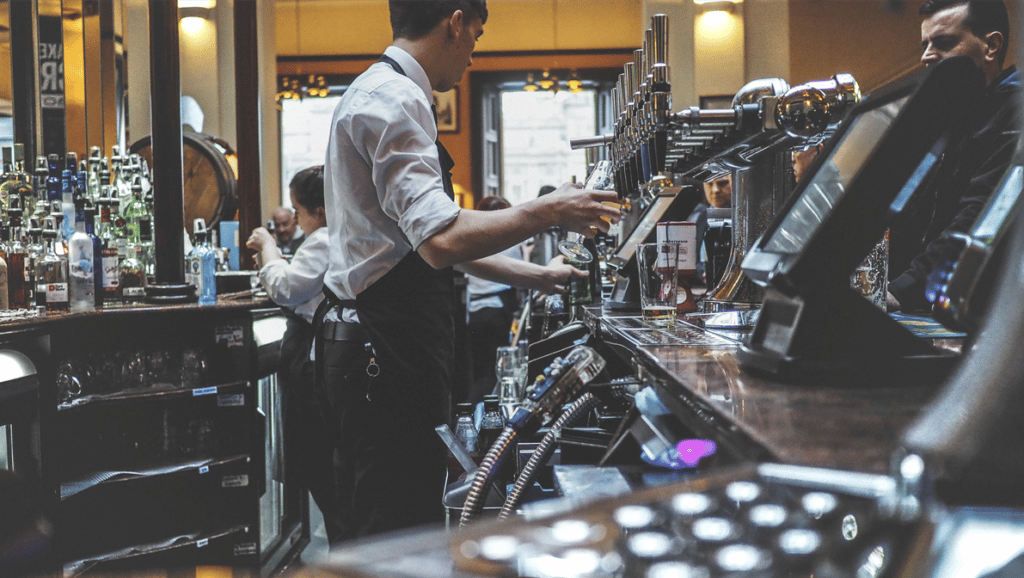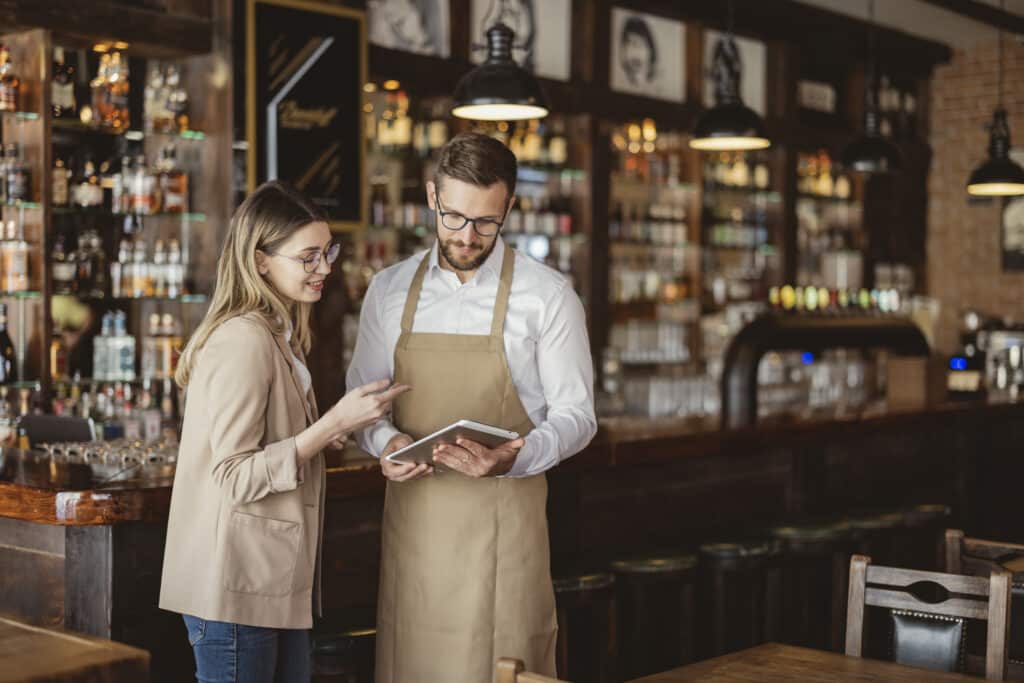What is the difference between recipe costing vs. food costing? In a nutshell, recipe costing tells you how much food cost is incurred on each recipe and food costing gives you a clear view of how much you can charge customers per dish to reach your desired profit margin.
For more great tips check out other blogs in this food cost management series:
What is recipe costing?
Recipe costing is tracking the cost of every individual ingredient you are using for a single dish. It covers the individual ingredients for the menu item’s portion size, down to the penny.
Food costing is determining the cost to make each individual dish in order to appropriately assign a menu price that leads to a profit.
Why is food costing important?
When you understand your food cost, you can make better-informed decisions about your menu. A general rule of thumb in the restaurant industry is to keep food cost percentages around 28 to 32%.
Average food cost percentages differ between quick service restaurant concepts and fine dining, as well as in different cities. It may even vary within the same restaurant, changing with the menu for each part of the day.
Your food cost percentage may not be the same with every dish. However, overall, you want to be able to hit your goal food cost percentage. No matter what food cost percentage your restaurant has, keeping this number in mind while pricing out your menu can help you ensure each menu item contributes to your profit margin.
How to calculate recipe cost
How do you cost out a recipe? The basic concept of recipe costing starts with breaking down a food item into all of its individual ingredients. You need to rely on standardized recipes that have been formatted across your restaurant group. From there, calculate the usage and yield of each food item in the recipe, and assign it an exact dollar amount.
Automating as much of this recipe costing process as possible not only saves your team time, but it also ensures better accurate results. For example, since recipe cost depends on the cost of ingredients, it’s essential to have the most recent vendor pricing in your system. Automating accurate pricing through a full integration with your vendor invoicing ensures your team doesn’t waste time updating prices whenever there is a price change.
Recipe costing used to frequently be done by hand, which required manual calculations that were time consuming and prone to error. However, with new recipe costing software, you can leverage standardized recipes, up-to-date vendor price lists, and an ingredient cost database to automatically make calculations.
If you don’t have recipe costing software, try our free recipe cost calculator below.
Advantages of recipe costing software
Consistent, accurate recipe costing relies on a few key elements: standardized recipes, accurate restaurant inventory management, and up-to-date vendor prices. With this many moving pieces, it is essential to have full integration between your restaurant management solutions, like your restaurant accounting software, inventory management software, and your point of sale (POS) system.
Tips on how to price a restaurant menu
Once you are accurately tracking your recipe costs in your restaurant management system, it’s time to apply it to different areas of your restaurant operations. Here are a few key places to start:
Track Usage and Yield on Each Food Item
Getting truly accurate recipe costs requires diving deep into the usage and yield your ingredients get in your recipes. For example, some kitchens may stop at costing out the average cost of an ingredient like tomatoes in recipes. However, if you use tomatoes in multiple prep recipes, the cost percentage of that ingredient may vary. Let’s say a menu item uses tomato sauce, chopped tomatoes, and pico de gallo—each of these items is prepared differently, and the usage and yield may range.
Getting down to the granular level of your ingredients allows you to gain more precision in your restaurant food cost calculations. Although it requires extra work, the more accurate you can get each and every element of your recipe costing, the more useful this information will be in your decision making.
Analyze actual vs. theoretical food costs
If your restaurant inventory management software is integrated with your accounting and POS, you can also map your inventory against sales and track your theoretical usage of these ingredients over time.
Actual versus theoretical (AvT) food cost tracking is a powerful tool to control your food costs. Once you have your recipe costs standardized and input into your restaurant management system, you can track the theoretical food cost, or what you should have spent making menu items over a given period (assuming no mistakes and no waste). Then, you can compare this theoretical cost to your actual food cost—what you actually spent given your real-time sales and inventory levels.
The variance between these actual versus theoretical food cost numbers represents a leak in your profit margin that you have an opportunity to address. As you dial in your recipe costs and track what’s causing the variance, you can fine tune your BOH operations.
Ultimately, although you can measure out your exact recipe cost, your actual restaurant food cost depends on how your kitchen staff preps and portions ingredients. By examining the variance between your actual and theoretical costs, you can ensure proper training and execution.
Optimize your menu for profitability
Recipe costing also informs menu engineering, a key tool for planning and designing your menu to maximize profitability. Menu engineering maps both profitability and popularity of menu items, so you can make decisions about which individual menu items to promote, adjust, or retire.
To determine the best menu price for your profit margin, you need to first start with an accurate recipe cost. As you consider changing prices on certain menu items, you can also use your recipe costing information to experiment with changing portion sizes or ingredients to maintain the item price but increase the margin.
Simplify recipe costing with automation
An automated inventory management system with recipe costing can help you maintain consistent, up-to-date information. Especially if your ingredient prices fluctuate seasonally, having new vendor prices automatically pulled from your vendor invoices can replace your team spending time manually inputting invoices.
Conclusion
Understanding how to cost out a recipe used to be an optional operational tool, but in today’s challenging environment, it’s now essential for a profitable business. With automation and a strategy for implementation, managing your restaurant’s recipe costing vs. food costing can help you optimize your profit margin across your menu.
If you’d like to leverage recipe costing to track food costs, control food waste, and optimize profit margin, consider an all-in-one restaurant management system. Restaurant365 incorporates restaurant accounting software, restaurant operations software, inventory management software, payroll + HR software, and scheduling software into a cloud-based platform that’s fully integrated with your POS system, as well as to your food and beverage vendors, and bank.




